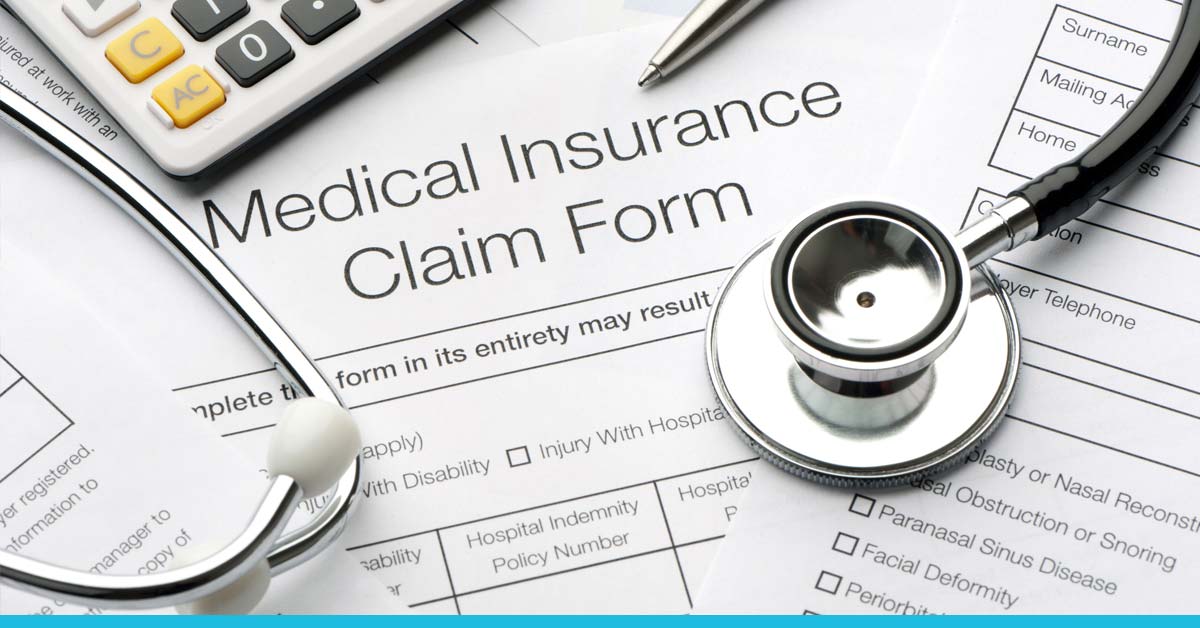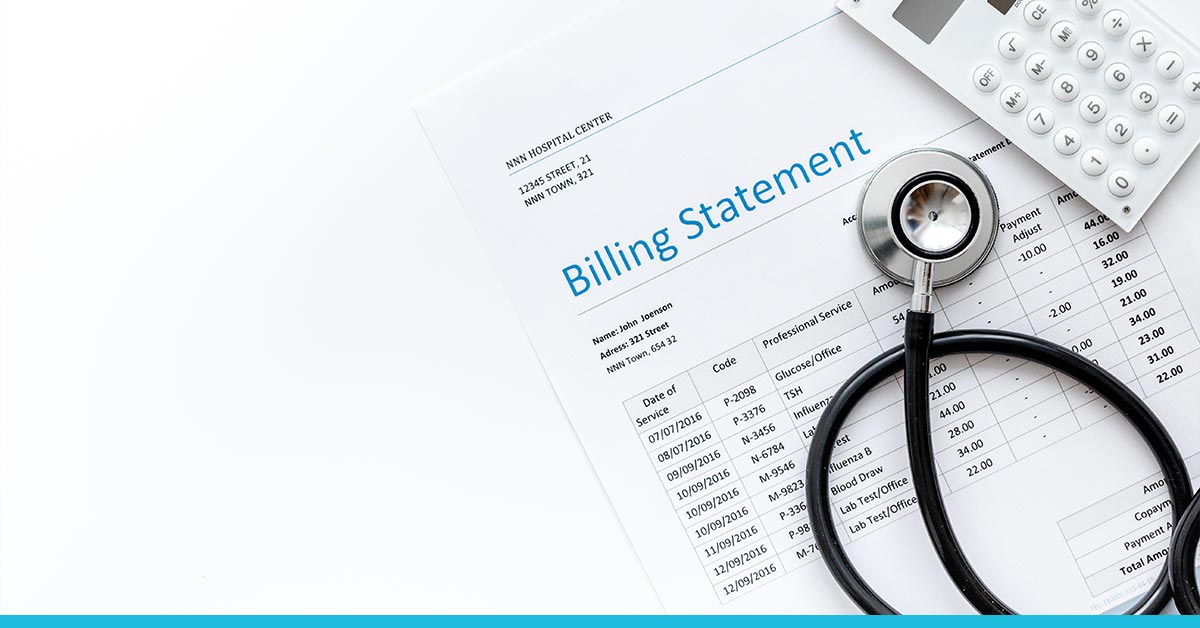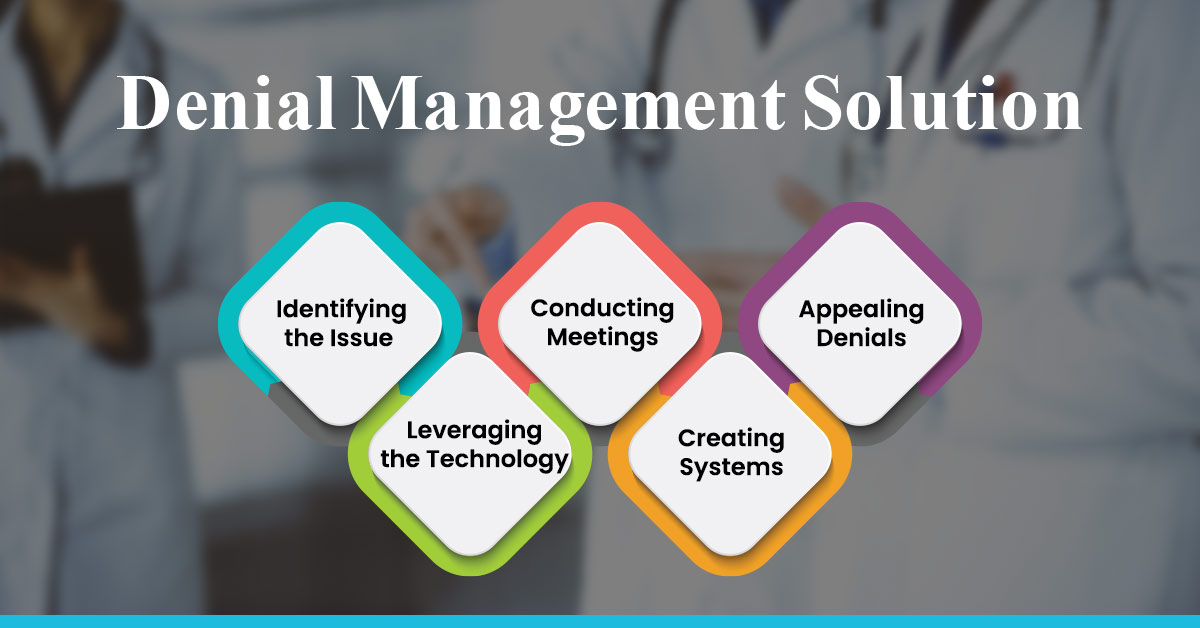Revenue cycle management, or RCM, is an increasingly vital aspect of healthcare information technology. Physicians RCM focuses on revenue-generating processes, such as filing claims and dealing with insurance denials. When properly implemented, RCM for physicians can reduce administrative costs and significantly improve the collection of funds.
The rapid growth of the RCM industry from less than $80 billion in 2016 to more than $120 billion today demonstrates its significance. Most experts agree that its annual growth rate will remain at 12%.
Every healthcare provider wants to deliver the finest treatment possible to their patients and the community, but they must also ensure that their RCM does not interfere with their goal. Therefore, it is essential to comprehend the revenue cycle management for physicians. In this regard, the present article intends to uncover every important aspect of a physician’s RCM. These include factors related to RCM, medical billing’s function in RCM, and the benefits of a well-run RCM. So, let’s learn it all.
Physicians RCM: An Explanation
The revenue cycle is the process of tracking and collecting patient payments and fees in medical practice. The process begins with patient registration and appointment scheduling, followed by:
- Insurance Verification
- Co-Payment Collection
- Medical Record Management
- Coding of Clinical Procedures Performed
- Charge Entry
- Claim Submission
- Payment Posting
- Management of Denied Claims
- A/R Follow-Ups
- Collection Statement Compilation
In the US, more than 23% of all healthcare providers work in private practices. Typically, one physician or a small group of two to five physicians handle these practices. Medical practices must accomplish their collection and revenue targets to maintain business continuity. In the healthcare industry, billing and other financial procedures must constantly have committed resources handling claim management, payment follow-ups, and physicians’ RCM. The important steps include the following:
-
Claim Preparation
Before submitting a claim, you must gather more information about the patient. Typically, this occurs before the initial appointment. It is essential to confirm the patient’s eligibility and insurance coverage.
-
Claim Submission
Claim creation involves entering charges and codes. It is then sent to the patient’s insurance carrier.
-
Claim Management
The practice is responsible for managing the claim before and after receiving a response from the insurance company. Additionally, it must post any payments that must be paid.
-
Receivables Collection
It involves payment collection from the patient. This stage involves sending out bills for receiving the funds.
-
Evaluation and Analysis
The end of the process requires the billing team to extract and examine data from the RCM software.
Efficient physician RCM practices can reduce errors, increase the likelihood of invoices being paid, and prevent accounts receivable from falling too far behind.
Revenue Cycle Management for Physicians: Important Factors
The revenue cycle, a collection of front and back-office processes, functions as a chain. Even a minor hiccup in the workflow can disrupt the operation. Thus, it is vital to ensure there are none. Unified processes facilitating communication between front-office and back-office resources are necessary to improve the revenue cycle.
For a practice to be financially sound, each phase of the revenue cycle must be performed correctly. A good workflow is necessary to ensure that the provider fulfills the established income targets. Numerous factors can affect the revenue cycle and efficiency, resulting in more money collected.
Two of the most important factors involved in a physician’s RCM are discussed below:
Front Office Processes
Appointments will be difficult to schedule if the front desk staff registers patients properly. It results in missed appointments, which causes patients to wait longer. Similarly, difficulties might arise in the initial phases of the revenue cycle if insurance information cannot be confirmed or if incorrect information is entered. The front office is a crucial component of optimizing the physician’s RCM because it ensures that the workflow is optimized and processes are handled flawlessly. A scheduling system that integrates with the practice management system and ensures that patients are always checked in is required. For patients to be able to call and schedule appointments, a physician’s office must have a flawless system.
Clinical Flow and Patient Visits
An essential aspect of a revenue cycle is ensuring that patient visits and walkthroughs function optimally in the care process. During the clinical phase of the revenue cycle, visit documentation is gathered to record the specifics of the patient’s visit. The physician records the clinical notes and transmits them for further processing. In the clinical phase, errors and missed steps can negatively impact the revenue cycle. Medical billers create patient bills by utilizing clinical notes as their primary source of information. For the remainder of their duties, they rely solely on the information provided by treating physicians during patient visits. If missing information or the medical procedures matched up correctly, the bills would be correctly made, decreasing their likelihood of being reimbursed.
Medical Billing in RCM for Physicians: Functions
Billing is by far the essential aspect of the revenue cycle for a physician. Problems with billing, such as incorrectly inputted CPT codes that do not match the diagnosis, errors in ICD codes, patient demographics, and health information, and the absence of insurance verification, generate a broken revenue cycle.
RCM for physicians involves submitting claims for reimbursement, monitoring payments, handling claim denials, collecting past-due balances, and generating patient statements. Due to the administrative workload, most physicians’ offices already struggle with burnout and low energy. Optimization and management of the revenue cycle require ongoing attention from professional firms like Precision Hub. Due to this, most medical practices outsource billing and revenue cycle management activities to teams who can assist them in achieving their revenue objectives. RCM companies are proficient in the revenue cycle management for physicians. Their expertise and experience ensure the seamless flow of incoming funds.
Well-run Physicians RCM: Benefits
A well-planned physician RCM serves as the brain and the heart of the practice. If RCM is not implemented, there will be no money flowing through the clinic. Without that flow of funds, the clinic will be incapable of expanding and thriving. If a healthcare institution wishes to continue operations, it must make RCM a top priority as it offers numerous benefits:
1. Boosted Revenue Performance
Better revenue performance will be one of the most significant benefits of a solid RCM. Payments will arrive more quickly, regularly, and with fewer expenses. The financial health of your practice will be improved consequently.
2. Augmented Visibility
Increased revenue cycle visibility and transparency will allow for better examination of data. The team will be able to identify problems and devise solutions accordingly.
3. Shortened Billing/Collection Cycle
A carefully designed and expertly implemented RCM system will reduce the time required for billing and collecting money by accurately registering, scheduling, appointing, and processing payments. It will save physicians time and money by decreasing the number of denied claims and allowing patients to pay online. Consequently, fewer claims are denied overall.
See Also: How does physician credentialing work?
Conclusion
In the current healthcare system, doctors must be able to manage the revenue cycle to offer quality care and receive adequate compensation. Precision Hub employs the best and most skilled revenue specialists to provide physicians with RCM services. We employ the most intelligent automated technology and the greatest business practices to improve the patient experience and maximize financial outcomes for physicians. Schedule your free consultation to see how we can assist you with our best physician RCM services.





















